Disclosure: This article contains affiliate links. We may earn a commission from purchases at no extra cost to you, which helps our travel content.
The air in Williston carries stories - tales of boom and bust, of earth's ancient formations and modern extractions. Most travelers breeze past North Dakota en route to more Instagram-famous destinations, but there's something profoundly honest about this landscape that resonates with those who seek to understand a place through its most elemental aspects: earth, labor, and sustenance. As someone who has devoted his life to uncovering how geography shapes food traditions, I found unexpected parallels between the preservation techniques of the northern plains and the fermentation practices I've documented across continents.
The Badlands: Nature's Fermentation Laboratory
Theodore Roosevelt National Park's North Unit sits just an hour's drive from Williston, and it's here that I begin every visit to the region. The striated buttes and painted canyons aren't just visually striking—they're a living timeline of geological fermentation. Much like the controlled decay that transforms cabbage into kimchi, these badlands are the result of erosion breaking down ancient seabeds and volcanic ash into something entirely new and complex.
Hiking the Caprock Coulee Trail at dawn, I've watched the rising sun illuminate layers of history in the sedimentary rock. The trail demands proper footwear—I learned this lesson the hard way when my city shoes disintegrated on the bentonite clay that turns from concrete-hard to slippery muck with just a hint of moisture. My hiking boots have become non-negotiable companions for these treks, offering the ankle support and grip needed when navigating the deceptively challenging terrain.
What fascinates me most is how the microclimate of these badlands—with temperature swings of 50°F in a single day—mirrors the conditions we chefs deliberately create for certain fermentation processes. The wild yeasts here are resilient survivors, much like the homesteaders who first settled this unforgiving landscape.
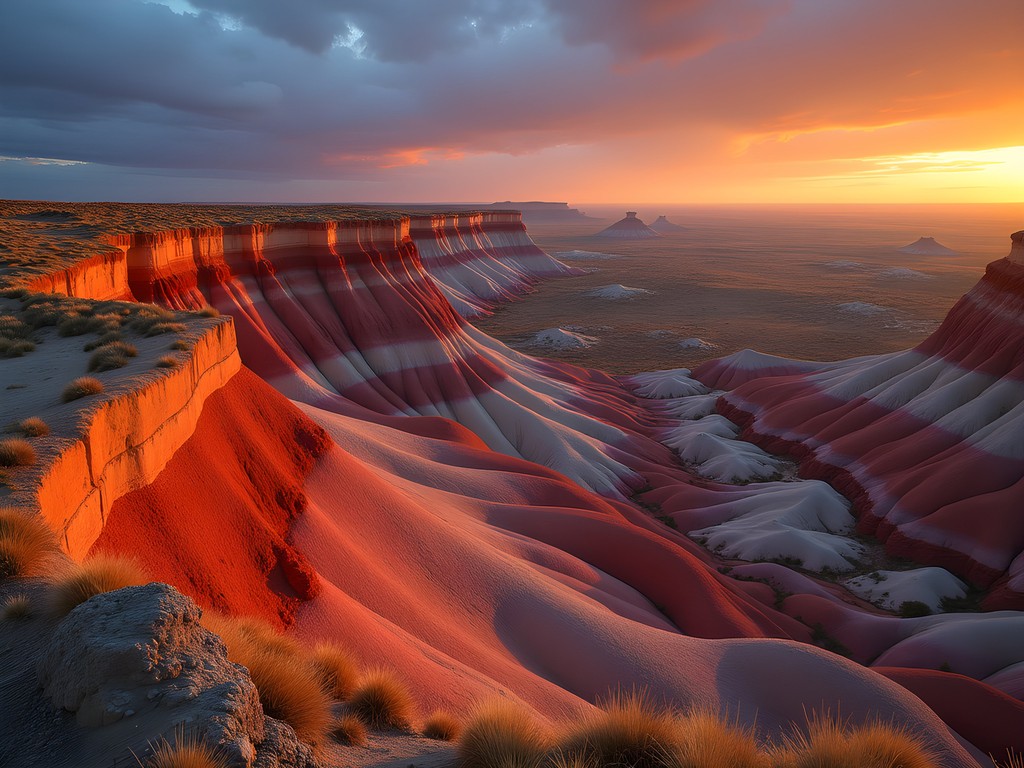
💡 Pro Tips
- Start badlands hikes early morning to avoid afternoon heat that regularly exceeds 100°F in summer
- Pack at least 1 gallon of water per person per day—the dry air dehydrates you faster than you realize
- Look for wild prairie turnips (timpsula) growing along trail edges—indigenous peoples have harvested these nutritious roots for centuries
Oil Field Expeditions: Industrial Fervor
Williston sits at the heart of the Bakken oil formation, and while most travel blogs would shy away from recommending oil field tours, I find them fascinating studies in human ingenuity and environmental complexity. Several local companies offer guided expeditions to working sites—though these aren't your typical tourist experiences. They're raw, industrial, and offer unvarnished glimpses into the energy economy that transformed this region.
Before attempting these tours, invest in proper safety gear. My safety helmet has accompanied me on industrial tours worldwide, and the oil fields demand no less. Many tour operators provide basic equipment, but having your own ensures proper fit and comfort during the often lengthy excursions.
What struck me most during these tours was the parallel between oil extraction and certain traditional food preservation methods. Both involve drawing something valuable from deep within the earth, both require precise temperature control and specialized tools, and both transform raw materials into something entirely different. The workers I've spoken with—many from diverse backgrounds who came during the boom years—have created their own preservation traditions, adapting recipes from their homelands to utilize local ingredients available at Williston's surprisingly international grocery stores.
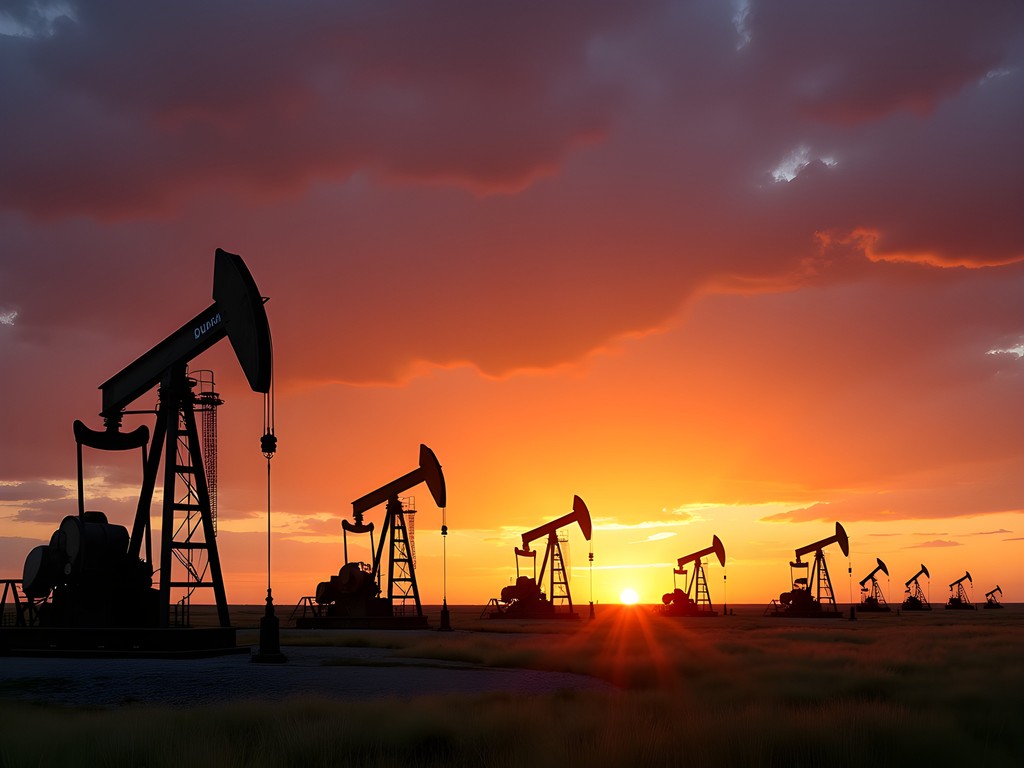
💡 Pro Tips
- Book oil field tours at least 3 weeks in advance as security clearances are often required
- Respect photography restrictions—some areas prohibit cameras for safety and proprietary reasons
- Bring your own steel-toed boots if possible—borrowed safety equipment rarely fits well
Wild Food Foraging: The Ultimate Local Cuisine
Between the badlands and oil fields lies a prairie ecosystem teeming with edible treasures that few visitors ever discover. I've spent days with local foraging guides learning to identify the wild foods that sustained indigenous peoples and homesteaders alike. The juneberries, chokecherries, and wild plums that grow along creek beds are transformed by locals into syrups and wines that capture the essence of this harsh climate.
Foraging here requires specialized tools. My foraging knife has proven invaluable for harvesting everything from prairie turnips to wild asparagus. For carrying your bounty, skip the plastic bags and invest in a foraging basket that allows spores from mushrooms and seeds from berries to disperse as you walk, ensuring future harvests.
What fascinates me most is how the preservation techniques developed here—drying berries with minimal sugar, fermenting wild greens to last through brutal winters—mirror methods I've documented in mountainous regions worldwide. The extremes of climate demand extreme preservation measures, creating flavor profiles impossible to replicate elsewhere. During summer visits, I always bring my food dehydrator to process the abundance of wild foods into portable, preserved treasures to carry home.
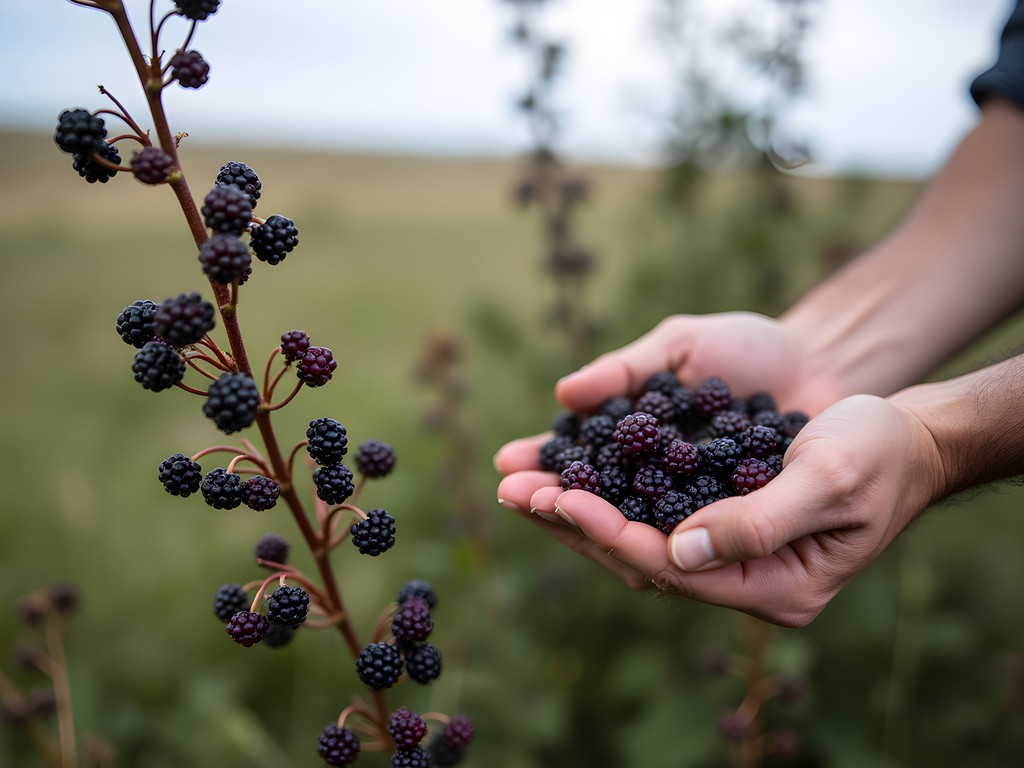
💡 Pro Tips
- Always forage with an experienced local guide—many edible plants have toxic lookalikes
- Focus on creek beds and north-facing slopes for the richest diversity of edible plants
- Respect private property—much of the best foraging land requires permission from ranchers or tribal authorities
Lake Sakakawea: Extreme Water Adventures
The massive reservoir created by damming the Missouri River offers water adventures of a scale uncommon in the American interior. Lake Sakakawea stretches for 178 miles with over 1,500 miles of shoreline—numbers that become meaningful only when you're in the middle of this inland sea, with waves that can reach oceanic proportions during summer storms.
I've learned to pack specialized gear for these waters. My dry bag has protected my fermentation journals and camera equipment through unexpected squalls and intentional plunges from kayaks into the surprisingly clear waters. The lake's immensity means weather can change dramatically across its expanse—I've paddled through calm waters only to face whitecaps an hour later.
What draws me repeatedly to Sakakawea is the intersection of water recreation and food culture. Local anglers have developed specialized preservation techniques for the lake's abundant walleye, northern pike, and salmon. In summer, makeshift smoking operations appear along the shoreline, where generations-old brining recipes create fish jerky unlike anything I've tasted elsewhere. I've spent evenings with fishing families learning cold-smoking techniques that utilize the native juniper wood, creating preserved proteins that sustained their ancestors through harsh winters.

💡 Pro Tips
- Monitor weather forecasts obsessively—the lake's size creates its own weather patterns that can change rapidly
- Rent kayaks from Lewis & Clark State Park for the best access to protected bays
- Pack twice the water you think you'll need—the combination of sun reflection off water and prairie winds creates extreme dehydration conditions
Cultural Immersion: The Boom Town Experience
Williston itself deserves attention beyond its role as a gateway to natural wonders. This is a town transformed by oil booms and busts, creating a cultural landscape as layered as the badlands themselves. The population nearly doubled between 2010 and 2015, bringing workers from across America and dozens of countries worldwide. The result is a fascinating cultural fermentation—new ideas and traditions bubbling alongside generations-old practices.
The town's dining scene reflects this diversity. Skip the chain restaurants and seek out the family operations where authentic cuisines have adapted to local ingredients. I've discovered Filipino adobo made with local bison, Mexican ceviche featuring Lake Sakakawea walleye, and Eastern European pierogi stuffed with native prairie turnips.
For accommodations, I recommend the locally-owned guesthouses over hotel chains. My favorite is a converted homesteader cabin renovated with reclaimed materials from decommissioned oil rigs—the perfect symbolism for this region's layered history. When packing for Williston's extreme temperature swings, my merino wool base layer has proven essential even in summer, when evenings can drop below 50°F after 100°F days.
The most authentic cultural experiences come through conversations. Locals initially eye outsiders with skepticism—too many journalists and tourists have come seeking sensationalist boom town stories. Show genuine interest in their foodways and work lives, and you'll find remarkable openness and hospitality.
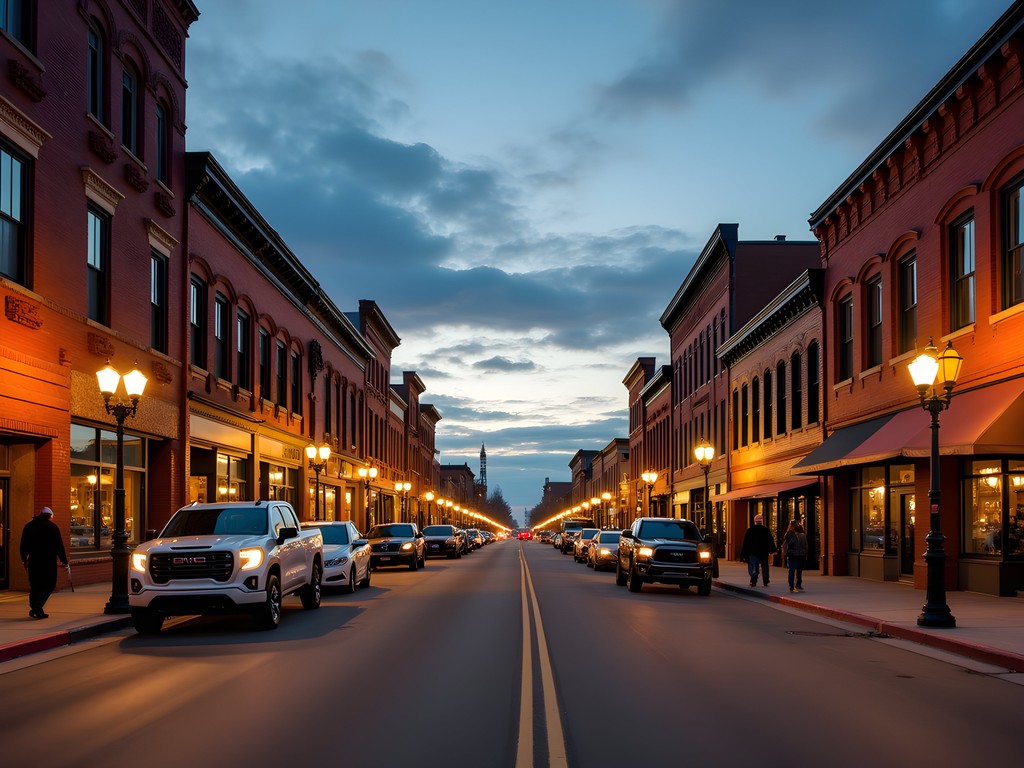
💡 Pro Tips
- Visit Williston Brewing Company for surprisingly sophisticated craft beers and conversations with locals from all backgrounds
- Shop at the seasonal farmers market (Saturdays, June-September) to meet local producers and sample regional specialties
- Respect the working-class nature of the town—flashy attire or obvious tourism marks you as an outsider
Final Thoughts
Williston and its surrounding landscapes demand a certain surrender from travelers—to extreme temperatures, to vast distances, to industrial realities alongside natural wonders. This is not a destination for those seeking comfortable predictability or Instagram perfection. But for adventurers willing to engage with a place on its own terms, North Dakota offers profound rewards.
What I value most about this region is its unflinching authenticity. The badlands don't apologize for their harshness, the oil fields make no attempt to disguise their industrial purpose, and the people speak plainly about the boom-and-bust cycles that have shaped their communities. As a chef who has sought authentic food traditions across continents, I find something deeply refreshing about this honesty.
The preservation techniques I've documented here—from wild berry wines in root cellars to smoked fish preparations along lakeshores—speak to human ingenuity in the face of environmental extremes. They remind me that the most meaningful culinary traditions emerge not from abundance but from necessity and limitation.
When you visit, come with an open mind and a willingness to look beyond surface appearances. The truest adventures in Williston happen in conversations with fourth-generation ranchers and first-generation immigrants, in the subtle flavors of foraged foods, and in the humbling vastness of landscapes that have witnessed countless booms and busts long before humans arrived to extract their wealth.
✨ Key Takeaways
- Extreme landscapes demand proper preparation—weather conditions can change dramatically within hours
- The intersection of industrial and natural worlds creates unique adventure opportunities unavailable elsewhere
- Local food traditions reflect both long-standing preservation techniques and recent multicultural influences
- The most authentic experiences come through respectful engagement with locals from diverse backgrounds
- Williston rewards travelers willing to embrace discomfort and look beyond conventional tourism
📋 Practical Information
Best Time to Visit
June through early September
Budget Estimate
$150-250 per day including accommodations, vehicle rental, and activities
Recommended Duration
5-7 days
Difficulty Level
Challenging

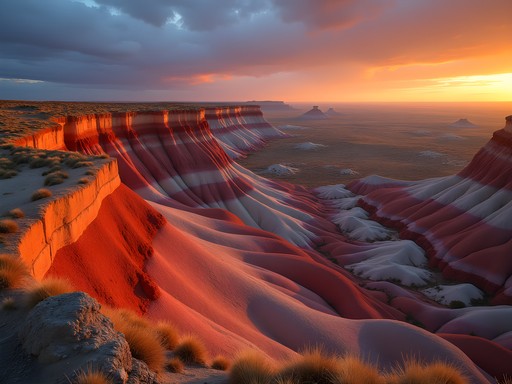
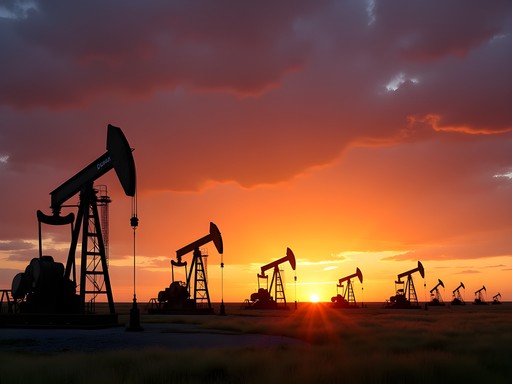

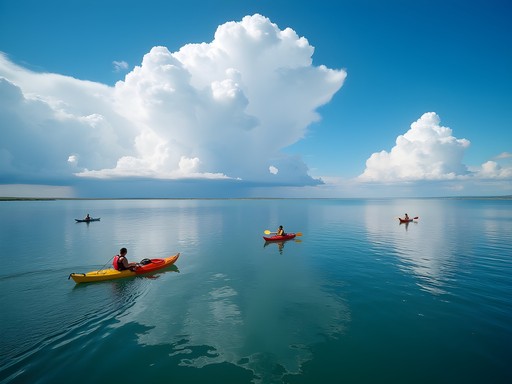





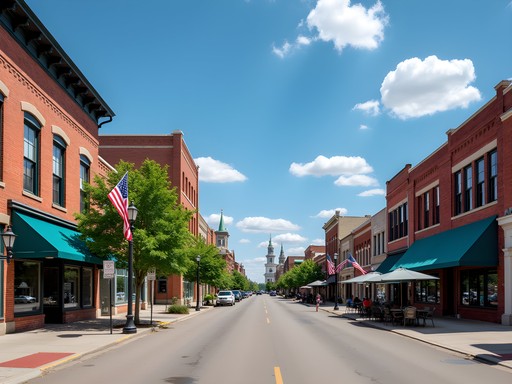





Comments
smartpro
Those Badlands photos are incredible! Added to my bucket list.
Sophia Gomez
Noah, this post brought back so many memories! I visited Williston on a cross-country business trip last year and ended up extending my stay for three days. Lake Sakakawea was the unexpected highlight - I rented a kayak and paddled out to one of those remote shorelines you mentioned. The silence out there is almost overwhelming after spending time near the constant hum of the oil fields. For anyone planning a visit: the Theodore Roosevelt National Park north unit is just an hour away and FAR less crowded than the south unit. I saw more bison than people! The ranger told me they get about 10% of the visitors compared to the south unit. Also, The Williston Brewing Company makes an excellent post-adventure stop - their Bakken Crude Stout is appropriately named and delicious.
mountainchamp
Thanks for the brewery tip! Adding it to my list. Did you feel safe kayaking alone on the lake? It looks massive on the map.
Sophia Gomez
I stayed fairly close to shore and went on a calm day. The lake is huge, so definitely check conditions and let someone know your plans. The rental place was super helpful with safety tips!
Lillian Diaz
Noah, your post transported me back to my unexpected detour through Williston last fall! I was originally just passing through, but ended up staying three extra days after chatting with a local at a diner who offered to show me the 'real' Badlands. The foraging section of your post resonated deeply - I'll never forget digging for wild prairie turnips with an elderly Lakota woman who explained their cultural significance while we worked. The juxtaposition of ancient food gathering techniques with the hyper-modern oil extraction happening literally on the next hill was something I still can't fully process. Did you experience any of the local powwows? There was one happening near Fort Berthold when I visited that added another fascinating layer to understanding this complex region.
mountainchamp
Is spring a good time to visit? Planning a road trip through North Dakota and wondering if the Badlands are worth a detour in April.
wanderhero
April can still be pretty cold there! We went in May and needed our insulated jacket even then. The Badlands are 100% worth it though!
Noah Rice
Spring is actually fantastic for wildlife viewing in the Badlands - fewer crowds than summer too. Just be prepared for unpredictable weather. April can swing from snow to 70°F in the same week!
wanderhero
Just got back from Williston last week! The contrast between the rugged Badlands and those massive oil fields is mind-blowing. We did that foraging experience Noah mentioned and found some wild chokecherries that the guide turned into this amazing syrup. Definitely not your typical vacation spot but that's what made it so memorable. The locals have some wild stories about the oil boom days!
Sophia Gomez
Did you manage to get on one of those oil field tours? I've heard they're hard to book but absolutely fascinating!
wanderhero
We did! Had to book like 2 months in advance though. Our guide was an ex-roughneck who had all these crazy stories about working during the height of the boom. The machinery is MASSIVE up close!
mountainlegend
Is it safe to visit the oil fields? Seems like there might be hazards?
Hannah Woods
You absolutely need a guide with proper clearance. These are active industrial sites with real dangers. But with the right escort, it's quite safe. The companies have strict protocols.
wanderlegend
Great post! How safe did you feel during the oil field tours? I'm a solo female traveler planning to visit and wondering about the vibe in those industrial areas. Also curious about accommodations - did you stay in Williston proper or find something near the Badlands?
Noah Rice
The tours are very professionally run with strict safety protocols. I stayed at both - a hotel in Williston for the oil field portion, then a small cabin rental near the park entrance for the Badlands experience. The contrast was part of the adventure!
Marco Suzuki
Noah, your analysis of Williston as a junction between natural wonder and industrial might is spot on. I visited in late 2024 and found the juxtaposition quite jarring yet fascinating. The temperature extremes are indeed no joke - I recorded -29°C in February and locals told me it gets much worse. For those considering this trip, the oil field tours require advance permits and safety training. Lake Sakakawea's winter fishing was actually more extreme than the summer kayaking for me - drilling through 2 feet of ice while oil rigs dotted the horizon created an experience I've found nowhere else. Your observation about the town's boom-bust cycle provides crucial context often missing from North Dakota coverage.
smartpro
Marco - did you need special gear for those temps? Heading there this winter.
Marco Suzuki
Absolutely! I used my extreme weather gear which was essential. Also, don't underestimate good boots and multiple layers. The locals all use engine block heaters for their cars too - rental companies will provide them.
journeygal
Never considered ND as a destination before! Eye-opening!
mountainqueen
Wow Noah! Finally someone writing about North Dakota with the respect it deserves! I hiked through Theodore Roosevelt National Park last summer and was BLOWN AWAY by the Badlands. That otherworldly landscape feels like you're on Mars or something. Did you make it to the Petrified Forest section? The contrast between the industrial oil fields and those ancient formations is mind-bending. Your wild food foraging section has me inspired to try that next time!
Noah Rice
Thanks mountainqueen! I did hit the Petrified Forest - absolutely surreal seeing those ancient tree remnants. The foraging was a highlight - just make sure you go with a local guide who knows what's safe!
mountainqueen
Good tip on the guide! Did you have any recommendations for specific companies?
Venture X
Premium card with 2X miles, $300 travel credit, Priority Pass